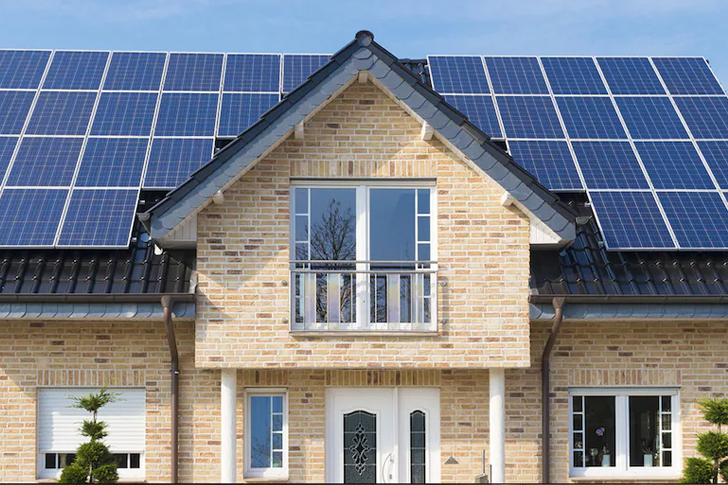Harnessing the Sun: Cost-Effective Solar Energy for Older Adults
As utility costs continue to rise, many seniors are turning to solar power as a cost-effective solution to reduce their electricity bills. Beyond the immediate savings, solar panels also offer environmental benefits by reducing reliance on fossil fuels. For seniors living on a fixed income, the initial investment in solar energy can seem daunting. However, several strategies, programs, and incentives can make solar panel systems much more affordable.

Understanding the Cost of Solar Panels
The average cost of solar panels has significantly decreased over the past decade. According to the Solar Energy Industries Association, prices have dropped by more than 70% since 2010. As of 2023, the average solar panel system size needed for a residential home is about 6 kilowatts (kW), with an average cost of between $16,000 and $21,000 before incentives. However, the final price can be much lower for seniors, thanks to various financial assistance programs.
Incentives and Rebates to Reduce Costs
1. Federal Solar Investment Tax Credit (ITC)
The ITC offers a tax credit for solar systems on residential properties. As of now, the credit is 30% of the cost of buying and installing a solar system. Seniors can reduce their upfront costs significantly with this tax credit, but it’s important to act quickly as the percentage will decrease after 2032.
2. State and Local Incentives
Many states and municipalities offer additional incentives for solar panel installations. These can include rebates, tax breaks, and grant programs specifically designed for seniors or low-income families. For instance, programs like California’s Single-family Affordable Solar Homes (SASH) specifically target low-income households to provide solar panels at little or no cost.
3. Net Metering Programs
Net metering allows solar panel owners to sell excess electricity generated by their panels back to the power grid, offsetting the cost of power used at night or during low sunlight days. Each state has different policies, so seniors should check with their local utility company about the availability of net metering.
Leasing and Power Purchase Agreements (PPAs)
For those who wish to avoid the upfront cost of solar panels, leasing or signing a PPA are viable options. These methods allow seniors to rent the solar energy system or agree to purchase the power generated by panels installed on their property at a rate usually lower than the local utility’s price. However, it’s critical to read the fine print and understand the long-term implications of these agreements.
Community Solar Projects
Community solar allows multiple individuals to benefit from a single, shared solar array that can be installed on- or off-site. Participants can buy into the shared system at a lowered cost and receive credit on their electricity bills for their share of the power produced. This is an excellent option for seniors who may have limited roof space or live in shaded areas.
Practical Tips for Going Solar
When considering solar panels, it’s essential to:
– Conduct an energy audit to understand your energy usage and needs.
– Obtain multiple quotes from reputable contractors to ensure competitive pricing.
– Check the solar panel manufacturer’s warranties and installer’s service guarantees.
– Consider the orientation and shading of your roof to maximize sunlight exposure.
Conclusion: A Sustainable Investment
Installing solar panels can be a wise investment for seniors looking to cut costs and increase the value of their homes. By taking advantage of the available financial assistance, leasing programs, or community projects, obtaining an affordable solar setup is more accessible than ever.







Recent Comments